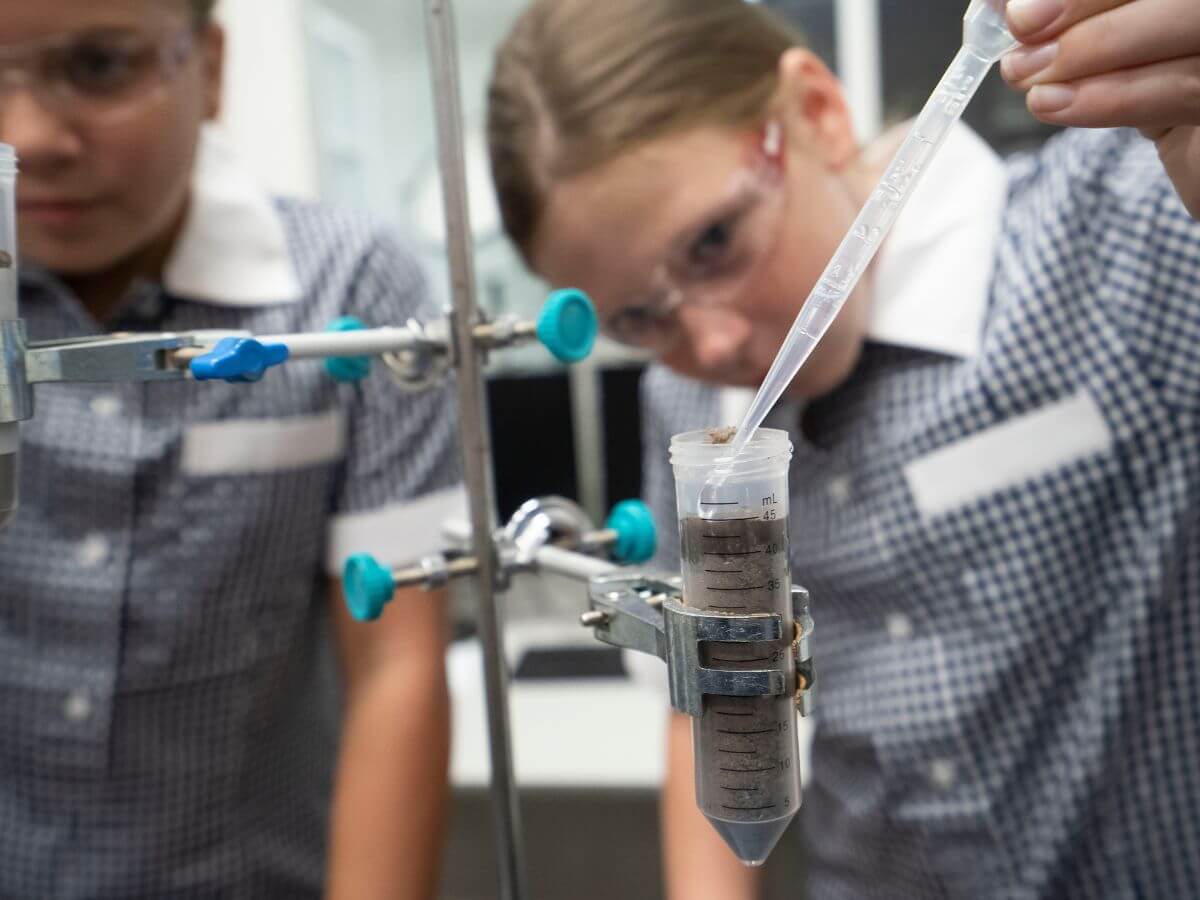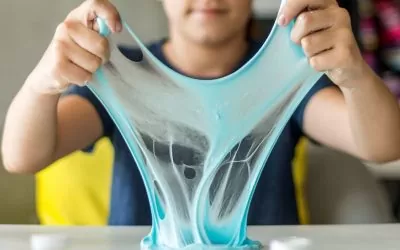Science is one of the most engaging and hands-on subjects in schools, but it’s not always easy to get students on board. Science classes explore some pretty complex topics. That can be a challenge, especially for younger students, so it’s worth putting some thought into how to make science fun!
Having fun in the classroom isn’t just about keeping students interested. Research shows that having fun actually increases brain activity and releases dopamine and oxytocin. This creates a feedback loop that helps students associate learning with enjoyment and positive emotion. That’s good for class performance, and it encourages students throughout their school career and into the rest of their lives.
In this article, we’re going to explore some of our favourite ways to make science fun and encourage students to get involved!
1. Translate Lessons into Experiments
Science classes cover complex topics. While there are plenty of ways to translate your material into a lecture or readings, it’s helpful to use experiments to illustrate the point. Simple experiments are incredibly useful for demonstrating scientific principles. Plus, a good experiment helps to engage your students’ five senses, further improving their attention, mood and recall!
You don’t need to spend hours setting up complex experiments. Simple demonstrations and real world examples are all it takes to get the point across! Think about what your students are interested in and then plan an experiment that’s sure to catch their attention. Anything that’s colourful, edible, fizzy or flying is sure to make an impression – be creative and see what you can come up with!
2. Encourage Hands-On Play
Planning an experiment? Pick an activity that your students can get involved with! Watching an experiment can be an incredible learning experience for students at all ages. But, if you really want the lesson to stick, there’s nothing better than encouraging students to get hands-on with the material. Hands-on experiments help to engage your students’ touch, taste, smell and hearing, all of which helps their brains to make stronger connections and improves their comprehension.
There are plenty of online resources you can use to plan hands-on experiments. Younger students will love games like making slime, baking soda volcanoes or CO2 rockets. These all involve hands-on building and experimenting, and they’re easy to tie into your science curriculum. If you’re in need of some inspiration, take a look at pre-prepared classroom kits that come with everything you need to conduct a cracking hands-on experiment.
3. Explore the World Outside the Classroom
Some of the best learning experiences happen beyond the classroom. If your students have had enough chalk and talk, it’s time to explore the world outside. There are plenty of great ways to explore science outside the classroom, like:
- Host your class on the school oval
- Use sports to demonstrate biology and physics
- Take your students on a hunt for creepy crawlies
- Launch CO2 rockets and see whose flies the farthest
- Start a vegetable garden and turn the plant growth into an ongoing experiment
- Use a guide book to identify the different types of plants, weeds and flowers around the school grounds
Introducing outdoor elements to your class helps to break up the monotony of the learning process. This is an especially useful tool for younger students and for reaching visual and kinesthetic learners who perform better when they aren’t sitting at a desk.
4. Make Your Students Laugh!
If the name of the game is fun, nothing beats humour! Blending a healthy dose of humour into your teaching style is a great way to catch your students’ attention and keep them engaged with the lesson. Tailor your humour to the age group and figure out what gets the laughs and what doesn’t. Humour and wit go hand in hand with things like the props, experiments and science games you’re already using. There’s no need to force yourself to make jokes – just pay attention to how your students react and see if you can riff on the content to keep them engaged.
5. Explain Topics with Student-Friendly Books
Sitting in a classroom and listening to a lecture doesn’t work for all learners. Some students learn by listening, others learn by getting hands-on with your science experiments, and others will do better with reading!
Reading is a powerful tool that allows students to explore and reread the material at their own pace. Incorporating handouts and worksheets into your lesson plan is a good way to cater to those types of students. If you want to go a step further, introduce some age-appropriate science books to your classroom. There are plenty of fantastic science books that are written for students of all ages and ability levels. Ask your school library to stock science picture books, age-appropriate encyclopaedias or science adventure books that your students can access. That way, students will have a chance to explore science topics without the pressure of learning in the classroom environment.
6. Plan An Excursion, With or Without Leaving the Classroom!
External experiences are some of the best learning opportunities for students. Booking an excursion to a local zoo, museum or garden is a great way to pique your students’ interest in science! There are plenty of places you can take your class, but some of our favourite science excursion ideas include:
- Science museums
- Underwater aquariums
- Zoos and wildlife habitats
- Botanical gardens
- Farm or agricultural tours
- Planetariums
These types of excursions are the perfect opportunity to have fun and tie your curriculum together with real world activities. If you don’t want to spend too much time out of the classroom, consider booking a science incursion instead. Incursions are arranged by teams that come to you and conduct classes, shows and experiments on school grounds. They’re a perfect alternative to off-campus excursions, and they’re perfect for demonstrating complex topics that require specific experiments or demonstrations. Science incursions come with exciting experiments and experienced presenters that know how to make science fun, so they’re a great activity for all year levels!
Learn How to Make Science Fun and Engage Students Street Science!
Science can be one of the most challenging subjects for students. With complex ideas and lots of topics to cover, it’s worth finding ways to engage your students and make science fun! The more fun your students are having, the better their mood, comprehension and recall, and the more likely they are to absorb the material. If you’re looking for ways to make science fun then get in touch with Street Science!
Street Science is made up of a team of experienced science communicators. We specialise in providing school incursions, classroom experiment kits and engaging stage shows. We use a special mix of humour and education to make science FUN for students of all ages! You can browse our stage shows and classroom kits online at any time, or get in touch to find out more about exploring science with our team!




